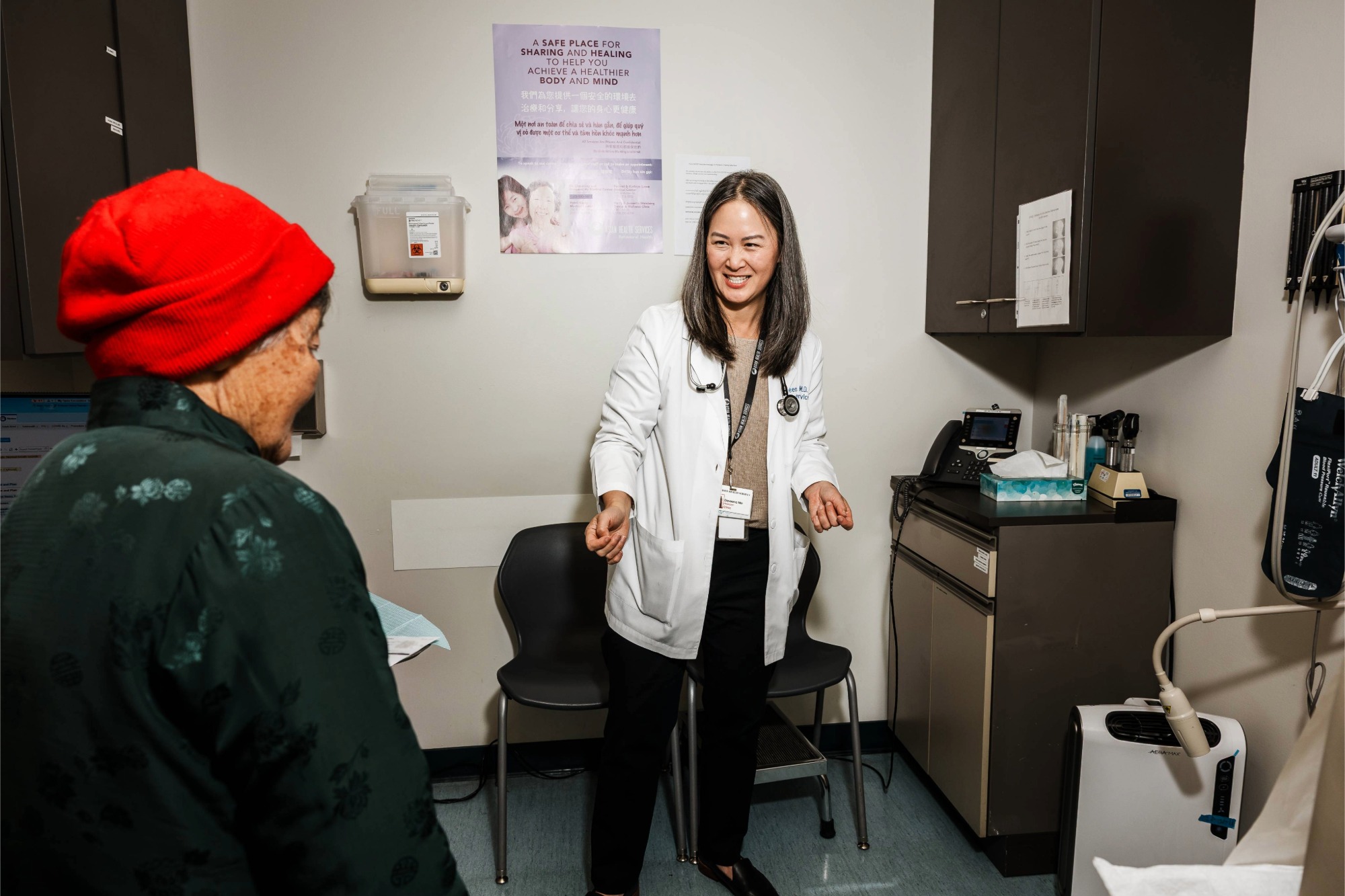Boosting primary care investment could save an estimated $2.4 billion annually, avoid 89,000 emergency room visits among commercially insured Californians enrolled in HMOs
New poll focused on insured Californians finds that Latino/x Californians least likely to have a primary care provider; those without a PCP more likely to report negative care experiences
A new, first-of-its-kind study of eight health plans and their product offerings, covering 80% of commercially insured adults in California (13.9 million), finds greater investment in primary care is associated with better quality medical care and fewer hospital visits. Investing in Primary Care: Why It Matters for Californians with Commercial Coverage finds that primary care spending, as a percentage of overall spending, varied widely among the health plan products, from a low of 4.9% to a high of 11.4%. The research was conducted by Integrated Healthcare Association, Onpoint Health Data, RAND Corporation, and Bailit Health Purchasing with support from the California Health Care Foundation, Covered California, and the Milbank Memorial Fund.
The study comes as momentum is growing for reorienting health care back to patients and their relationship with a primary care team, including physicians, nurse practitioners, physician assistants, community health workers, behavioral health staff, and others. This means more Californians will have access to a care team in their community who knows them, helps them avoid getting sick, advocates for their health in our health care system, and coordinates testing and care from specialists.
The study also took a deeper look at the primary care spending patterns of 180 separate provider organizations, comprising 8.5 million adults enrolled in HMO plans, or about half of California’s commercially insured adults. There, larger investments in primary care were associated with better clinical quality and patient experience, fewer hospital and emergency room visits, and a lower total cost of care. To measure impact of primary care investment on care quality, researchers compared provider organizations on measures including the share of members who received recommended breast cancer, cervical cancer, and colorectal cancer screenings; received appropriate medications; and met diabetes care goals.
The researchers suggest that if provider organizations in the lower brackets of primary care spending matched those in the highest bracket of spending, 25,000 acute hospital stays could be avoided, 89,000 emergency room visits could be avoided, and $2.4 billion in overall health care spending could be saved in a single year. What’s more, a greater share of health consumers would likely rate their care highly and receive higher quality care.
“This study is the first analysis of health plan-level primary care investment in California and also the first to delve into primary care spending at the provider organization level, allowing for more granular analysis on the impact of primary care on quality and cost,” said Dolores Yanagihara, with Integrated Healthcare Association and a coauthor of the study. “Our analysis adds to the growing body of evidence that investing in primary care produces higher value and better outcomes for patients and purchasers.”
These findings support a growing nationwide trend of states focusing on primary care investment and improvement as a way to address health disparities, improve health outcomes, and stabilize costs. For instance, a simple blood pressure check may allow primary care providers to catch a chronic disease early, allowing for easier treatment, less disruption to the patient, and lower medical expenses all around by helping the patient avoid the risk of a stroke.
A new California Health Care Foundation / NORC Health Policy Survey reveals striking differences between insured Californians who have a primary care provider and those who don’t. Insured Latino/x Californians were the least likely to report having a primary care provider compared to other insured Californians. The survey also underscores the value primary care brings to patient access and experience. Californians who report having a primary care provider have fewer language, distance, and affordability barriers to appropriate care and are less likely to delay care. Californians with a primary care provider are also less likely to report negative experiences with health care providers.
In California, the move toward primary care is broadly supported to create higher quality and more equitable health care. Convened by the California Health Care Foundation, several of the state’s largest public and private health care purchasers have come together with health care consumer advocates and experts to commit to increasing the share of health care dollars devoted to primary care.
Covered California, the California Health Care Foundation, the California Quality Collaborative, the California Public Employees’ Retirement System (CalPERS), the California Department of Health Care Services, the California Health and Human Services Agency, the Milbank Memorial Fund, the Purchaser Business Group on Health, Health Access California, and the Integrated Healthcare Association have joined together as the Primary Care Investment Coordinating Group of California (PICG) to promote several recommended actions aimed at creating a new business model for primary care and expanding primary care investments across the state.
“Decades of research have shown increased investments in primary care lead to higher quality and more equitable care. Yet America, on average, spends only about five cents of every health care dollar on primary care,” said Kathryn E. Phillips, CHCF senior program officer. “The shared, sweeping commitment of PICG members signals a major shift in priorities for health care in California and is intended to spur new investment in primary care throughout the state and the nation.”
Notably, the state’s major health care purchasers who are part of the PICG have committed to advance these shared principles and recommended actions within their organizations, which provide health coverage for 16 million Californians. A new analysis released alongside this study on commercial health plans and provider organizations shows such a commitment is unique to California, which is well positioned to join 17 other states engaged in shifting more health care system resources to primary care.
Starting this year, CalPERS is requiring PPOs to match members with primary care providers to improve care quality while reducing care costs. Starting next year, Covered California will require health plans to measure and report primary care spending. Starting in 2024, the Department of Health Care Services is tying payments to health plans serving Medi-Cal managed care to quality and equity measures, and plans will be required to report on their primary care spending (PDF).
“Covered California has always prioritized primary care, as it’s clear patient-focused care teams matter to health care quality, equity, and patient experience,” said Alice Hm Chen, Covered California’s chief medical officer. “This study shows California is ready to transform care through increased investment in primary care, and provides a new impetus to act.”
“Increased investment and focus on primary care has the potential to provide more coordinated, cost-effective, and quality care for millions of California consumers,” said Anthony Wright, executive director of Health Access California, the statewide health care consumer advocacy coalition. “An insurance card is necessary but not sufficient: Patients need a primary care provider, one who proactively prioritizes prevention upfront, and who can guide them through the health challenges they end up facing, through our complex health care system of different specialists and treatments.”
Contact Information:
Anne Sunderland
Senior Communications Officer, Improving Access
About the California Health Care Foundation
The California Health Care Foundation is dedicated to advancing meaningful, measurable improvements in the way the health care delivery system provides care to the people of California, particularly those with low incomes and those whose needs are not well served by the status quo. We work to ensure that people have access to the care they need, when they need it, at a price they can afford.





